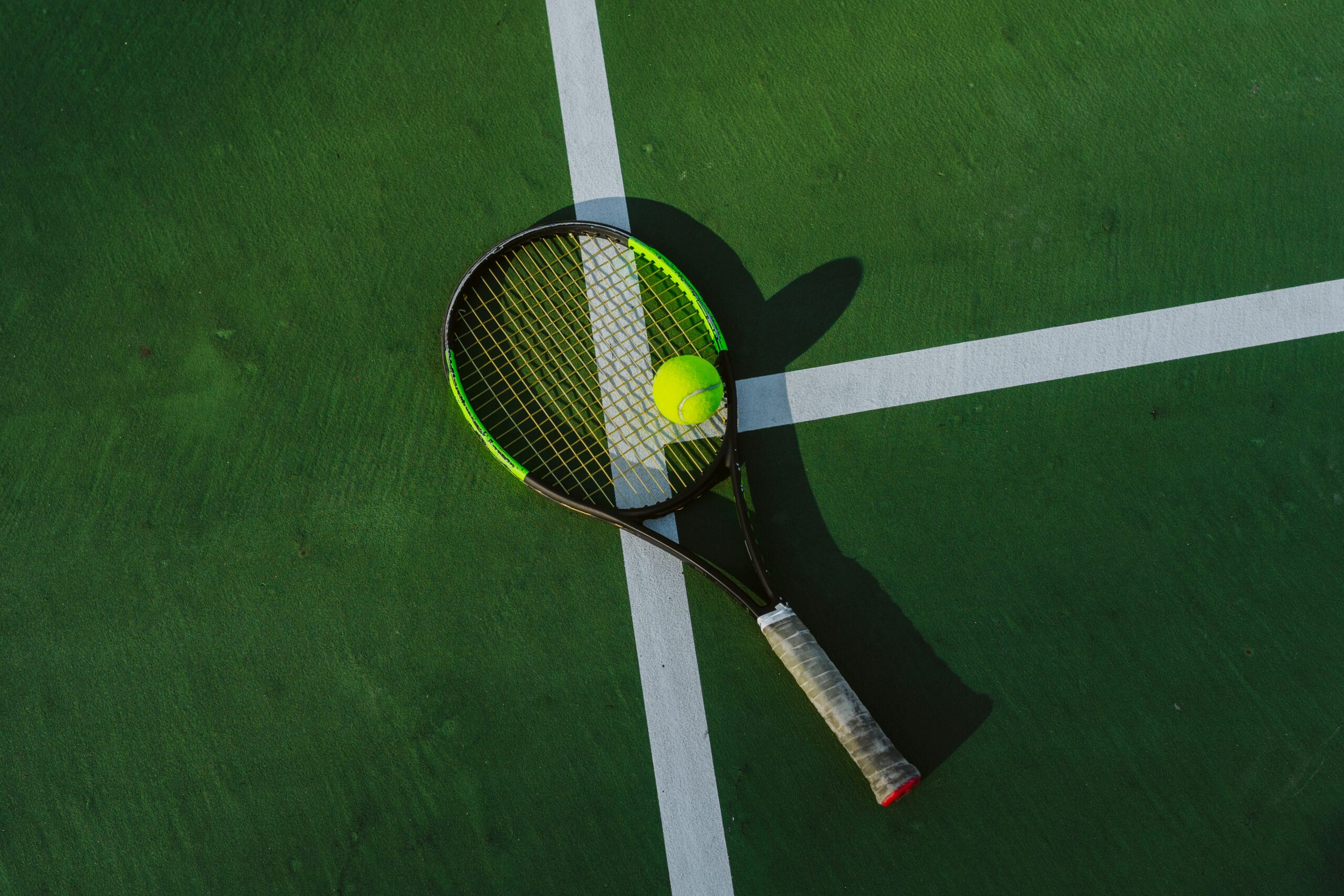
Doubles tennis is an exciting and dynamic version of the sport that requires more than just individual skill. Unlike singles, where players are solely responsible for their game, doubles tennis emphasizes teamwork, strategy, and communication. In this article, we will explore key strategies to help you and your partner maximize your performance on the court.
Communication Is Key
Effective communication between teammates is one of the most important elements of doubles tennis. Unlike singles play, where players rarely rely on others, doubles require constant interaction. Whether it’s calling out positions, signalling strategies, or simply encouraging your partner, communication keeps both players on the same page.
Before the match, discussing tactics and establishing a system for calling shots is crucial. Some common terms include “mine” to signal you’re going for the ball and “yours” when deferring to your partner. Clear and confident communication reduces confusion during fast-paced points, leading to more effective team coordination.
Positioning on the Court
In doubles tennis, positioning is everything. The goal is to cover the court efficiently while minimizing open spaces that your opponents can exploit. Understanding where each player should stand during different situations is key to maintaining balance and control.
At the start of the point, one player typically serves while the other is positioned at the net. The player at the net has the responsibility of intercepting volleys and cutting off angles, while the partner at the baseline focuses on returning shots and positioning for the next move. Good positioning helps create an “offensive wall” at the net and ensures you can cover the court effectively when the ball is hit to either side.
During rallies, both players must shift and adjust their positions based on where the ball is placed. For example, if your partner is pulled wide to one side of the court, the other player should shift toward the middle to cover the open space.
The Importance of the Serve and Return
In doubles, serving and returning are critical to establishing control of the point from the beginning. A strong, accurate serve can set the tone for the rest of the rally. While serving, you want to vary your placements—mixing wide serves with body serves to keep your opponents guessing.
For the return, it’s important to target your opponents’ weaknesses. Instead of aiming for the middle of the court, which may be easier to return, try directing the ball to one player’s backhand or into your opponent’s body. This forces them to make more difficult returns and creates opportunities for your partner to get involved in the rally. Returning deep and with precision in doubles can push your opponents back, giving you control of the point.
Net Play: Aggressive and Smart
Netplay is often the difference between winning and losing in doubles tennis. Players comfortable at the net have a distinct advantage, as they can intercept volleys, hit overhead smashes, and generally dictate the flow of the point.
To be effective at the net, you must focus on being aggressive and smart. Always be ready to react quickly to the ball, anticipating where your opponents will hit it. Position yourself close enough to the net to be in a strong offensive position but not so close that you’re vulnerable to passing shots.
Moreover, having good reflexes and reading the opponent’s shots can make a huge difference. Work with your partner to control the net by making smart moves and communicating who will take which shots.
Team Chemistry and Trust
Team chemistry is often overlooked, but it’s among the most significant factors in doubles tennis success. A good partnership is built on trust, mutual understanding, and respect for each other’s strengths and weaknesses. Teams that gel well together tend to have a better chance of success, as they know how to support each other during tense moments and adjust their strategies on the fly.
Before entering a match, know your partner’s preferred playing style. If one player excels at serving, the other can focus on setting up plays at the net. Understanding your partner’s rhythm and movements can improve players’ ability to predict each other’s next move, creating a more fluid and synchronized performance on the court.
Adjusting to Opponents
No two teams are alike, and adjusting to your opponent’s playing style is essential for success in doubles tennis. Whether you’re facing an aggressive net-rushing team or a pair specializing in baseline rallies, adapting your strategy can make all the difference.
One key to adjusting is recognizing the strengths and weaknesses of your opponents early in the match. If your opponents are strong at the net, consider lobbing the ball over them to pull them off their position. Aim for their backhand or direct your shots to their less dominant side if they are weak at returning serves.
Doubles tennis is about more than just hitting the ball back and forth; it’s about working together as a cohesive unit to outmaneuver your opponents. Effective communication, solid court positioning, and a strategic approach to serving and returning are essential to a successful doubles game. By building team chemistry, focusing on net play, and making adjustments as needed, you can enhance your chances of winning and enjoy the camaraderie that doubles tennis brings.
Whether a beginner or an experienced player, these strategies will help you play smarter, move more effectively, and have fun on the court.